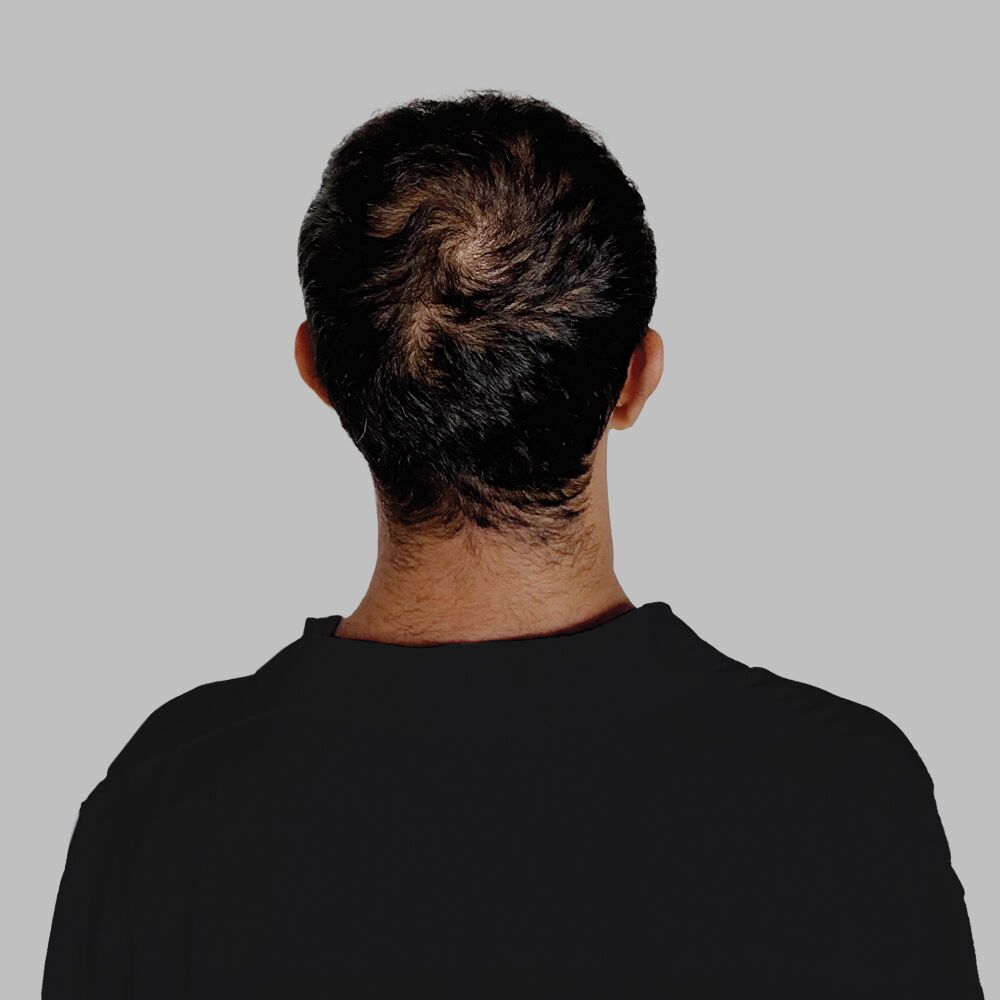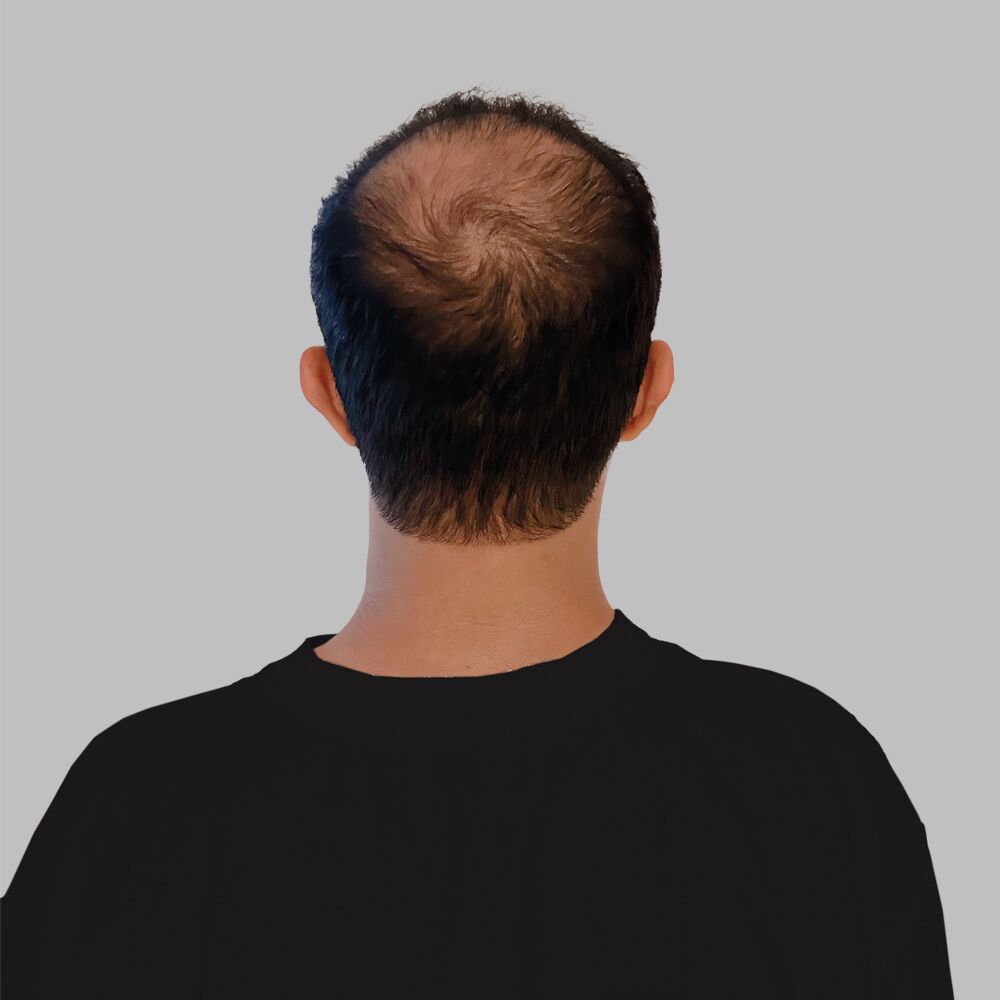For veteran magnificence publicist Wally Montes de Oca, the selection to pursue a Follicular Unit Extraction (FUE) hair transplant wasn’t nearly restoring a youthful hairline. A journey that started with genetic hair loss at 21, Montes de Oca’s choice to pursue a hair transplant additionally marked a definitive second the place he stopped the cycle, regained management and solid a brand new path ahead.
“Getting a hair transplant last year was about more than just fixing something; it was about reclaiming a part of myself. For so long, I felt like I had to accept hair loss as my reality, but I finally reached a point where I wanted to take ownership of my hair story. It wasn’t about chasing perfection; it was about doing something for myself and putting in the time to understand something that had always felt out of my control.
In the past year since my procedure, my confidence has reached new heights, and honestly, getting my hair transplant feels like it was the spark that set off a chain reaction of good things. Weight loss, dating—even sex. It’s wild to say, but sitting in that surgery chair for nine hours might have been the secret ingredient to getting guys to actually take a second look at me. The past year has genuinely been one of the best of my life, and I give a lot of credit to my hair—and the hard work I’ve put in to keep it healthy and strong ever since.
I’ll be honest, I never had more anxiety in my life than during the weeks leading up to my procedure. What made it bearable was knowing that I had the support of my friends, especially Jen, who was by my side, and Sander, who let me use his apartment to recover. And of course, all my friends in beauty who supported me every step of the way.
For me, the lowest part of this journey was mistakenly setting my alarm for 6 p.m. instead of 6 a.m. the morning of my procedure. That small mistake threw my entire morning into chaos and shot my anxiety through the roof before I even arrived. Another low point was getting all of my hair buzzed off before the procedure.
I always hated having short hair as a kid, so this took me back to a bad place. But, it was also a reminder of why I was there: to stop a bald head from being my future.
For context, my doctor said I’d need 2,500 grafts to fill my crown area, but in the end they were only able to harvest about 1,600 grafts because my donor area—the back of my head—was too thin. They warned me of this possibility, but it still stung to hear, especially knowing I’d have to wait almost a year to see results. Nine hours later, I was on my way and armed with a list of post-procedure care tips: no workouts, no sweating, no hats, no hair dye, no sun, and then watching my grafts fall out about 10 days later. Once that phase passed, it was off to the races, one strand of regrowth at a time.
Before  After
After
Montes de Oca’s hair loss primarily impacted the crown area, which was restored using 1,600 hair grafts.
One thing I really missed the mark on before my transplant, and shamefully so, as someone who’s worked in beauty for almost a decade, was maintenance. I didn’t wash or remove buildup properly, and in my earlier 20s, my only goal was straight hair, which meant a lot of heat damage and avoiding washing. Even before making the decision to get a transplant, I fell into the trap of at-home treatments from Hims, but those never worked for me because I wasn’t consistent.
Now I wash and condition my hair every day—I love RŌZ Foundation Shampoo & Conditioner—and I use a finasteride and minoxidil spray with ketoconazole and biotin. Then, I top it off with oral minoxidil prescribed by New York dermatologist Robert Finney, MD. I also see him regularly for platelet-rich plasma (PRP) scalp injections, as well as Scalp Stim Pro, a treatment he developed that combines select ingredients in a unique way to maximize regrowth and maintain long-term hair health.
Another mistake I made was not having a hair-care routine in place beforehand, which was something Dr. Finney also taught me. I wish I’d started experimenting with topical hair-growth treatments long before I ever considered a transplant, so that the procedure felt less like my only option. But even so, I can’t put a price on my happiness. And a year later, I’m proud of my results.
Whenever someone asks me for advice about their hair, my answer is always: Do what makes you happy. Getting a hair transplant isn’t for the weak—it’s expensive, emotional and requires patience. But for me, it was worth it. Make sure your doctor has done a fellowship in hair transplantation and has an accreditation from a relevant board or society, like the American Board of Hair Restoration Surgery (ABHRS) or the International Society of Hair Restoration Surgery (ISHRS).
Today, I see myself in a brave new light. I never thought I’d be someone who would get a hair transplant, but that was the price to pay for the outcome: a fuller head of hair and the confidence to take on anything that came after. Beyond just hair, I learned that I am the main driver of my own happiness, and that finding confidence often means taking risks for yourself. I’ve developed a whole new relationship with my hair, and I’ll do anything to take care of it. This experience also gave me a new perspective on life: Happiness comes from taking control of your own story, and realizing that you’re the only one in the driver’s seat.”









